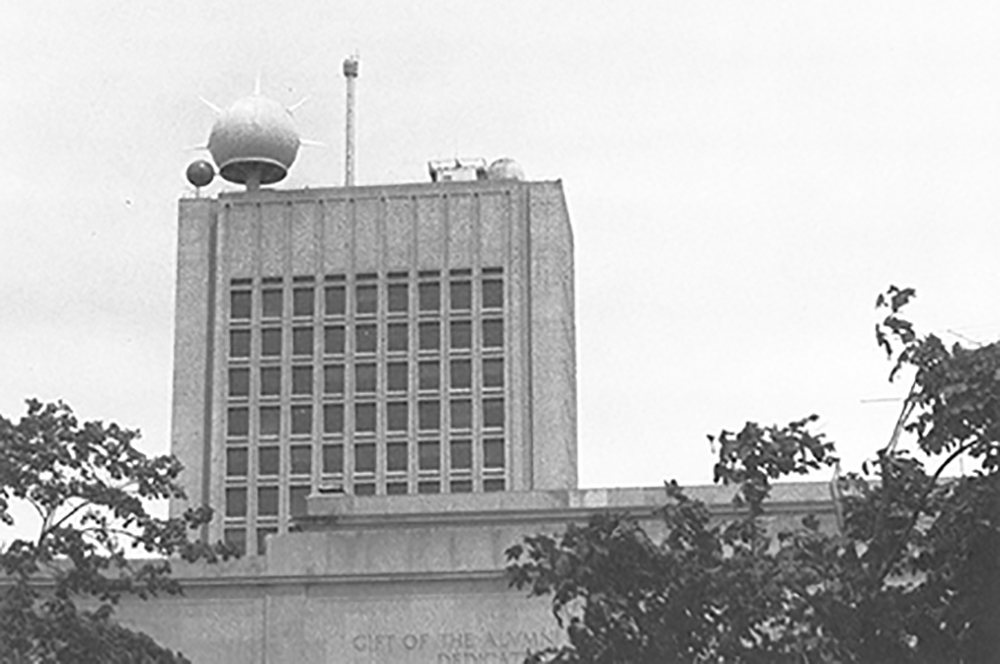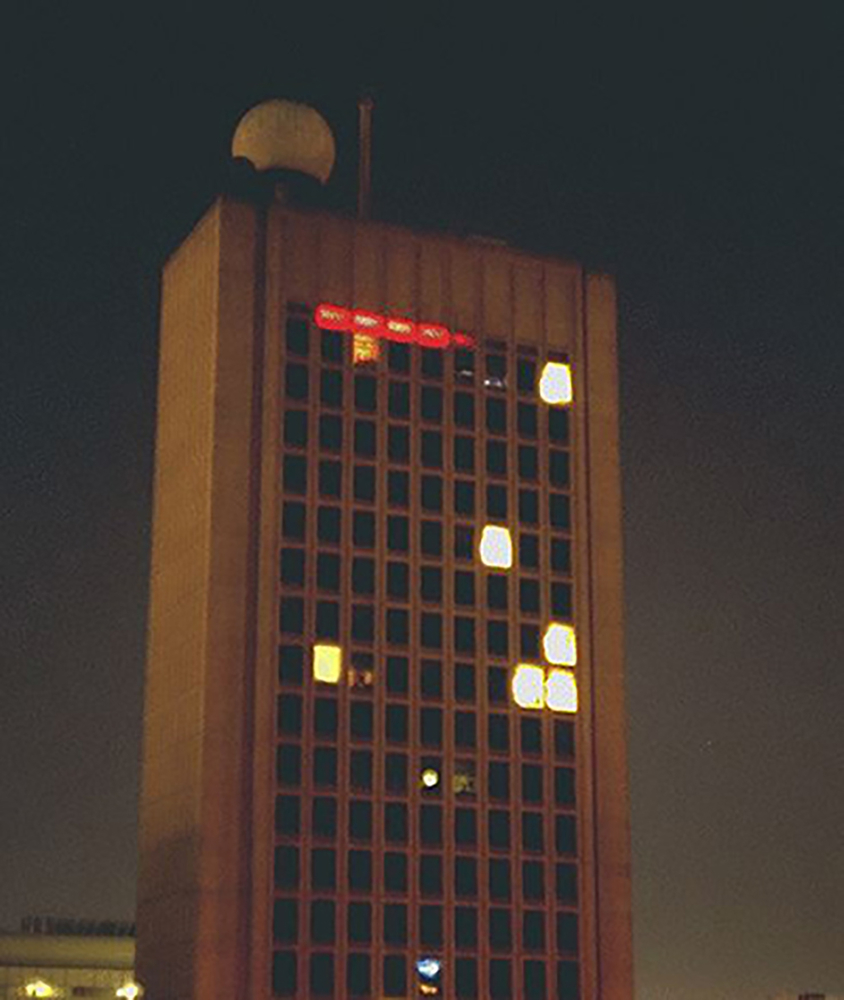Who Remembers These 4th of July MIT Hacks?
-
-
slice.mit.edu
Filed Under
Recommended

Aside from the Great Dome, the Cecil and Ida Green Building (Bldg. 54) is MIT's most notorious hacking location. The hack chronology Nightwork calls it "a hacker's dream" thanks to its height (23 stories), width (150 windows), and location (visible from Boston and Cambridge).
The Green Building's most well-known hack took place in April 2012, when hackers played the video game Tetris on the building during MIT's Campus Preview Weekend, a prank that MIT's Gallery of Hacks called "the Holy Grail of hacking."
Other hacks have also utilized the building's massive facade over the years, including two patriotic pranks that took place on the 4th of July in 1986 and 1993, respectively.
On July 4, 1986, Boston's traditional Independence Day celebration was put on hold when the Boston Pops Orchestra participated in the re-dedication of the Statue of Liberty in New York City. According to Nightwork, hackers—calling themselves the "Even Exchange Commission"—avenged New York's brazen theft of the Pops by recreating Lady Liberty on the building's roof-top radome.

From Nightwork: A History of Hacks and Pranks at MIT:
"The crown was constructed of aluminum masts sheathed in white cloth and mounted on a wooden base...Guy wires kept it in place. With the artful positioning of a yellow sheet, the crow's nest that rises beside the radome was pressed into service as Liberty's torch. Thus, a sense of civic balance was achieved as the Pops serenaded New York."
Exactly seven years later, in 1993, patriotic pranksters turned the building into (allegedly) the world's largest sound measurement device when they converted ventilation ducts between floors 19 and 20 into a VU meter that measured the Pops concert and fireworks. The 5,ooo-plus-watt meter was 250 times the size of an ordinary VU meter and used bright right lights to indicate sound.

From Nightwork:
"The light show was keyed to the music of the Pops concert (which didn't quote work because sound travels slower than radio waves) and later to the sounds of the fireworks (which did work well). The delighted crowd watched as "Cylon" scanning light patterns (reminiscent of Battlestar Galactica) alternated with one-dimensional Tetris and even 'IHTFP' in Morse Code."
But unlike Tetris in 2012, video and photographic evidence of the July 4 hacks are scant. Grainy images from Nightwork and its precursor publication, the Journal of the Institute for Hack, Tomfoolery, and Pranks at MIT, seem to be the only photographic evidence.
So we're asking you, the MIT community, what do you remember about these hacks? Are there any July 4 hacks that we've missed? Let us know in the comments below and on Facebook or Twitter. And have a happy and safe 4th of July!
This story was originally published on July 2, 2015. Images via Journal of the Institute for Hack, Tomfoolery, and Pranks at MIT and Nightwork.







